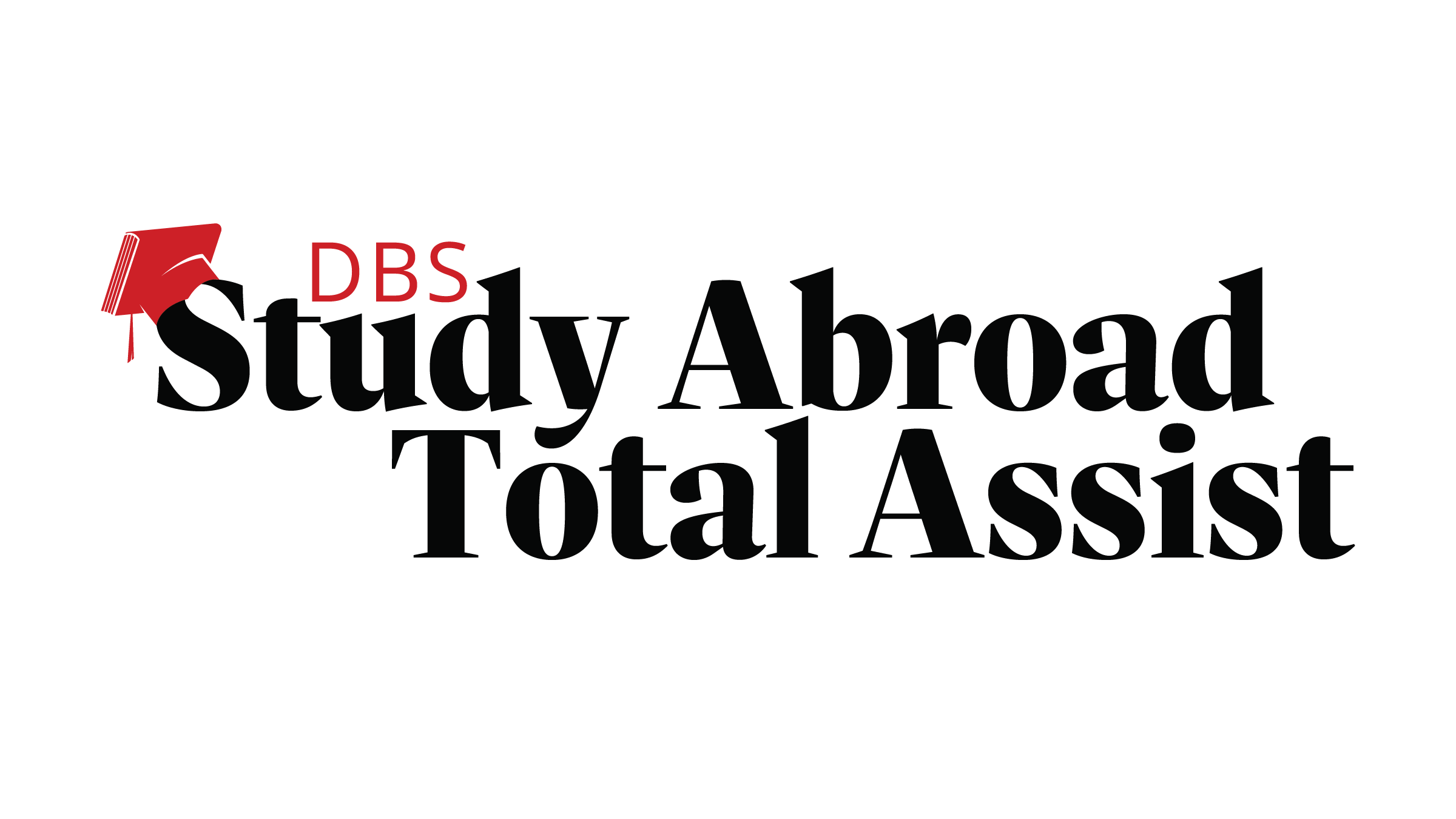- Exams
- University
- Scholarship
- Finance
- Travel
- digibank
Documents Required for
Education Loan
Education Loan
Education Loan
Note: The education loan information on this page is provided only for the information of the website users, DBS Bank doesn’t offer this product at the moment.
Student Loan Documents
Submit the documents required for an education loan digitally.
![]()
Introduction
If you have the talent to be admitted to any of the world's best universities, money should not be a deterrent to your future. An education loan can help you pay for all the expenses associated with higher studies - from tuition fees to accomodation costs, food and travel expenses, and more. Once you get an offer of admission to your favourite university, you can begin the loan application procedure.
Documents required for Education Loan Application
Applying for an education loan requires the submission of specific documents to verify your identity, residence, income, and academic qualifications. Below is a detailed checklist to guide you through the process:
- Identity Proof
Submit any one of the following government-issued photo ID proofs:
- PAN Card
- Driving License
- Aadhaar Card
- Passport
- Voter ID
Note: If you don’t have a PAN Card, you can submit any of the other substitute documents for education loan.
- Residence Proof
The education loan documents required as proof of residence are:
- Aadhaar Card
- Driving License
- Voter ID
- Passport
- Proof of Income and Tax Filing
To demonstrate your financial capacity, include:
- Income Tax Returns (ITRs) for the past two years.
- For salaried employees: Salary slips for the last three months.
- For self-employed individuals: Financial statements for the last two years, certified by a Chartered Accountant, and proof of office address.
- Proof of Educational Qualification
Submit these documents to verify your academic credentials:
- Class XII certificate or mark sheet.
- Graduation mark sheet.
- Score reports for standardized entrance exams such as CAT, GMAT, GRE, TOEFL, or IELTS.
- Admission letter from the university or institution on its official letterhead.
- Additional Requirements
- Two recent passport-sized photographs.
Frequently Asked Questions
The repayment schedule for student loans is planned such that students have the time to secure a job to repay the loan. Repayment of education loan kicks off a year after completing your course or six months after you secure a job, whichever is earlier.
Of course. You can apply for a student loan at any time through your journey in studying abroad. There are advantages of applying for student loans before confirmation of admission. It helps you narrow down your choices for institutes based on the loan amount sanctioned for you. Simultaneously, with a sanction letter in hand, your admission's confirmation becomes easier as institutes can be assured of your ability to pay.
Yes. You can still apply for a student loan without a PAN card. You can submit a copy of your passport or Aadhaar card as a photo identity proof.
In education loans, moratoriums are common as banks can grant up to a year for students to find employment. The interest gained during the moratorium period is added to your principal amount and adjusted in your EMI as soon as you start paying.
Yes, collateral is often required for education loans, especially for larger loan amounts. Collateral serves as security for the loan and can be an asset like property, fixed deposits, or a life insurance policy. However, the requirement for collateral can vary depending on the bank and the loan amount. Some banks might offer unsecured education loans, but these are typically for smaller amounts or through specific schemes.
The average approval cycle for education loans is 5-7 days, however many factors influence how quickly your education loans is approved. Consult with your banks or financial institutions to get the sanction letter. Once the sanction letter is issued, the disbursement process begins.
Yes, you can get an education loan without providing a proof of income. However, after a certain threshold, you might be needed to showcase a proof of income. You can also use collateral such as property, fixed deposits or any other asset that has a tangible value.
Property documents are required for an education loan if it is a secured loan where the property is used as collateral, but they are not needed for unsecured loans.
Many banks offer loans up to INR 20 lakh without collateral, however the eligibility criteria can depend on factors such as academic record, the institution’s reputation and co-applicants financial stability.
Education loans come in various types based on the borrower’s needs. They include domestic and overseas loans for studies within India or abroad, undergraduate and postgraduate loans for degree programs, and professional course loans for fields like medicine or engineering.
Our Products
- Savings Account
- Personal Loan
- Fixed Deposit
- Recurring Deposit
- Remittance
- Mutual Fund
- SIP
- Debit Card
- Bill Payment
- Internet Banking
- Travel Now
- PRIME Savings Account
- Safe Deposit Locker
Need Help?
- Calling from India:
1860 210 3456 / 1860 267 4567 - Calling from Overseas:
+91 44 6685 4555 - Help & Support
- Grievance Redressal
- Get in Touch with Us
Interest Rates & Calculators
- FD Interest Rates
- RD Interest Rates
- Personal Loan Interest Rates
- Savings Account Interest Rates
- Savings Account Interest Calculator
- FD Calculator
- RD Calculator
- Mutual Fund Calculator
- EMI Calculator
- SIP Calculator
- Lumpsum Calculator
- Financial Goal Calculator
- Monthly Investment Calculator
- ELSS Calculator
- Personal Loan EMI Calculator



